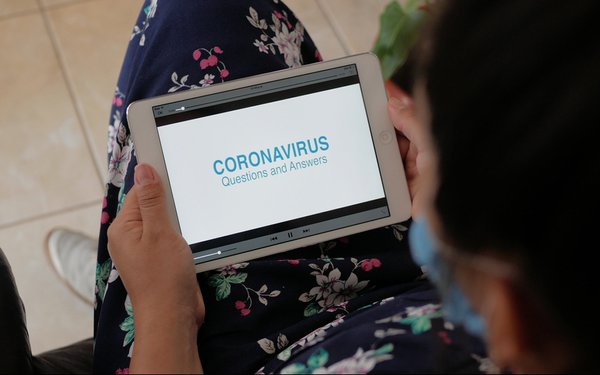One Quarter Of YouTube's Most-Viewed COVID Videos Push False Info, Conspiracy Theories
- by Karlene Lukovitz @KLmarketdaily, May 15, 2020

Although lives are at stake in the case of COVID-19, many YouTube users prefer to be entertained and fed simple but false narratives rather than view factual videos that they find less exciting.
As of late April, more than a quarter of the most-watched videos about COVID-19 contained false information about coronavirus prevention, spread, symptoms, or potential treatments, according to a study by medical academics at two Canadian universities and Ottawa Hospital.
The analysis was posted on BMJ Global Health, an open site that publishes peer-reviewed studies on health issues.
The researchers conducted a search on YouTube on March 21, using the keywords “coronavirus” and “COVID-19,” and analyzed the content of the 75 most-viewed videos from each search.
After removing duplicate, non-English and non-audio or non-visual videos, those exceeding one hour and those not actually related to COVID-19 from the total 150 videos, reviewers coded the source, content and characteristics of the remaining 69 videos against scientific data repositories that include information about the virus. The 69 videos had combined views of nearly 258 million.
Results: 19, or nearly 28%, of the videos were found to include misinformation or conspiracy theories, including a claim that drug companies already have a COVID-19 cure, but refuse to sell it.
About a third of those came from entertainment news sources, a quarter from national news sources, a quarter from internet news sources, and 13% from independent video makers.
Government and professional videos were found to contain only factual information, but accounted for only 11% of the videos and 10% of views. Only 2% were posted by government agencies, such as the U.S. National Institutes of Health or the Centers for Disease Control and Prevention. Videos from educational institutions also accounted for only 2% of the total.
The authors' conclusion: “Over one-quarter of the most viewed YouTube videos on COVID-19 contained misleading information, reaching millions of viewers worldwide. As the current COVID-19 pandemic worsens, public health agencies must better use YouTube to deliver timely and accurate information and to minimize the spread of misinformation. This may play a significant role in successfully managing the COVID-19 pandemic.”
YouTube viewers "should be skeptical, use common sense and consult reputable sources -- public health agencies or physicians -- to fact-check their information," Heidi Oi-Yee Li, a medical student at the University of Ottawa in Canada and lead author of the study, told Web MD. "In an ideal world, social media platforms should take more responsibility for content uploaded," she said. But "this is an unrealistic expectation, given the billions of users uploading information every second across the globe."
YouTube supplied a response to BBC.com: “We're committed to providing timely and helpful information at this critical time, including raising authoritative content, reducing the spread of harmful misinformation and showing information panels, using NHS and World Health Organization (WHO) data, to help combat misinformation.
“We have clear policies that prohibit videos promoting medically unsubstantiated methods to prevent the coronavirus in place of seeking medical treatment, and we quickly remove videos violating these policies when flagged to us. Now any content that disputes the existence or transmission of COVID-19, as described by the WHO and the NHS is in violation of YouTube policies.
For borderline content that could misinform users in harmful ways, we reduce recommendations. We'll continue to evaluate the impact of these videos on communities around the world."


